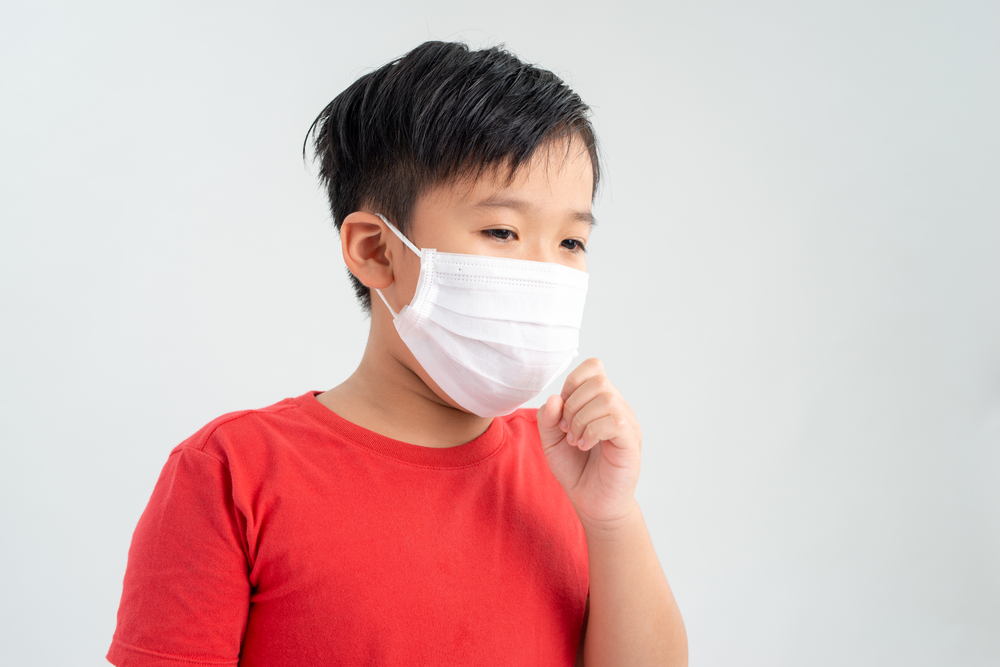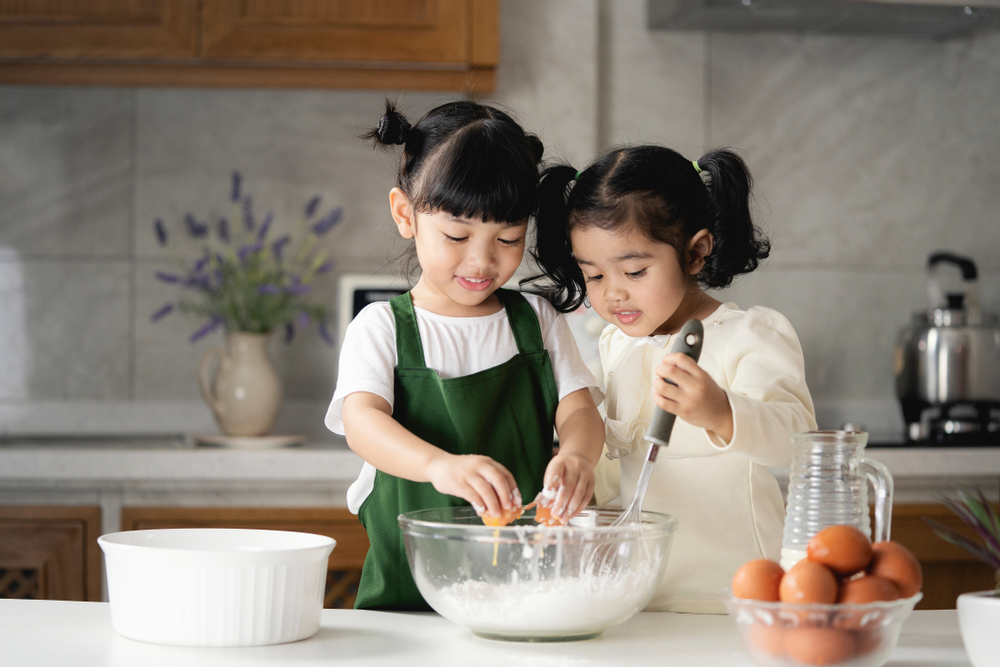Parenting Tips
system

Written by:Cheng Sui Man
The children can’t stop coughing, often continuing for an entire month, especially severe in the middle of the night, waking up from coughing, leading to insomnia, and then falling asleep from extreme fatigue. This is torturous for both children and adults! What exactly causes this persistent coughing? Is it sensitivity or inflammation of the trachea? Upon consulting a doctor, it turns out this is also a form of asthma!
Children are naturally more prone to having narrower airways due to their young age, making them more susceptible to nasal congestion, snoring, and even shortness of breath even with just a common cold. However, unlike bronchitis, a common cold usually recovers within a week, but the cough from bronchitis can last over twenty days, so it’s not surprising that the coughing continues for a month from the onset of the illness.
This leads to another question: Why does bronchitis occur? According to doctors, one common cause is the child contracting the Respiratory Syncytial Virus (RSV). This is a very common virus that spreads through droplets and air. It causes the airways to constrict and become inflamed, producing mucus that accumulates and further narrows the airways, stimulating the patient to cough and creating a vicious cycle. Doctors indicate that in these cases, bronchodilator medication may be prescribed to reduce symptoms and allow the child’s immune system to fight off the virus. However, once a child has been infected with RSV, the airways are somewhat damaged, increasing the likelihood of developing asthma in the future. As the doctor explained, my eldest son had indeed been hospitalized due to RSV infection in the past, and since then, every time he catches a cold and coughs, his recovery time is longer than that of my younger son!

“So it seems your eldest son might indeed have asthma,” the doctor’s conclusion was definitely the last thing I wanted to hear. Asthma, in its worst case, can be fatal! Wait, that’s the worst-case scenario. The doctor added that asthma is actually classified into four stages.
Stage 1: Intermittent Asthma
Usually caused by respiratory viruses such as RSV or filtrable viruses, occurring sporadically a few times a year, with normal conditions the rest of the time. Therefore, it is only necessary to use a bronchodilator during episodes of airway constriction and shortness of breath to relieve discomfort without significant side effects, and there is no need for long-term medication.
However, if the airway constriction is not properly relieved, the airways can become increasingly prone to narrowing, and the asthma could progress.
Stage 2: Mild Persistent Asthma
Patients have episodes about once or twice a month, and bronchodilators are insufficient to manage the condition. Inhaled steroids are needed to “treat the root cause” and control inflammation. Inhaled steroids come in different strengths, and the doctor will prescribe the appropriate dosage as needed.
Stage 3: Moderate Persistent Asthma
Patients have asthma attacks on average once a week and need to use a bronchodilator daily.

Stage 4: Severe Persistent Asthma
Patients need to use a bronchodilator daily, three to four times a day, while also using inhaled steroids to control the condition.
Following the doctor’s advice, I should no longer be afraid to let my child use inhaled bronchodilators! Relieving the child’s coughing and asthma symptoms early on can also hopefully prevent the worsening of asthma conditions in the long run.












